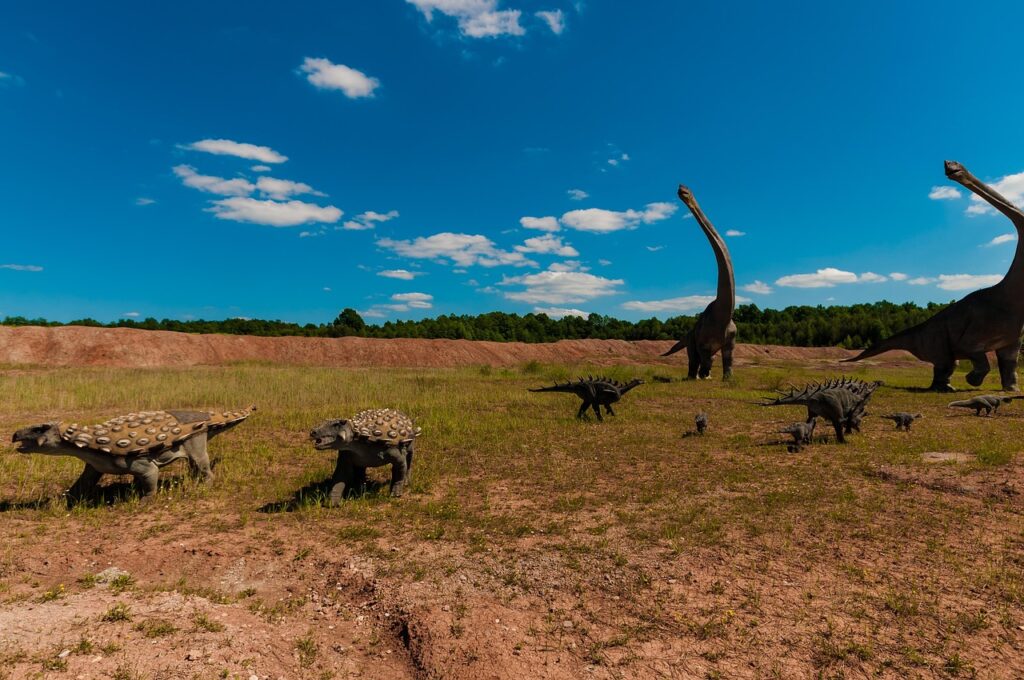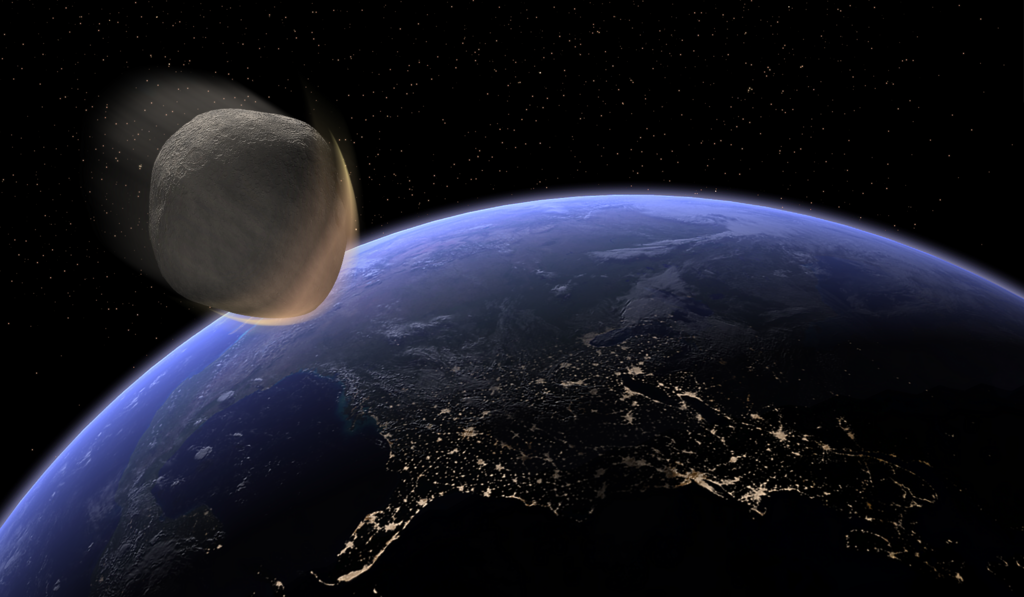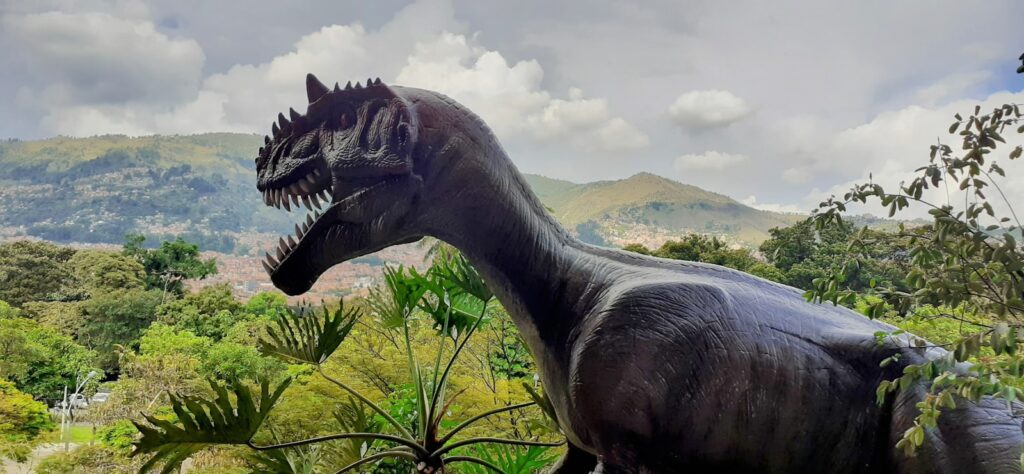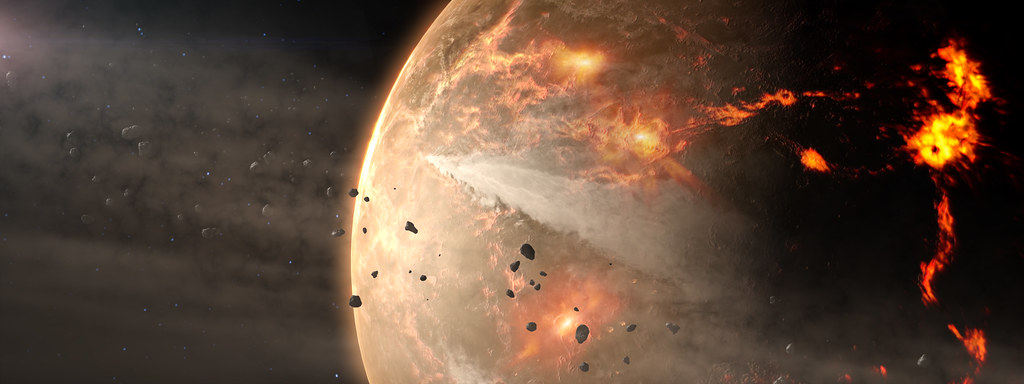The Jurassic period stands as one of history’s most fascinating chapters, when towering giants roamed a world dramatically different from our own. During this remarkable span from roughly 201 to 145 million years ago, Earth witnessed the emergence of the largest land animals ever to exist. But why did dinosaurs achieve such unprecedented size during this specific time? The answer lies in a perfect storm of environmental, evolutionary, and biological factors that created ideal conditions for gigantism.
Perfect Climate Conditions Created an Eden for Giants
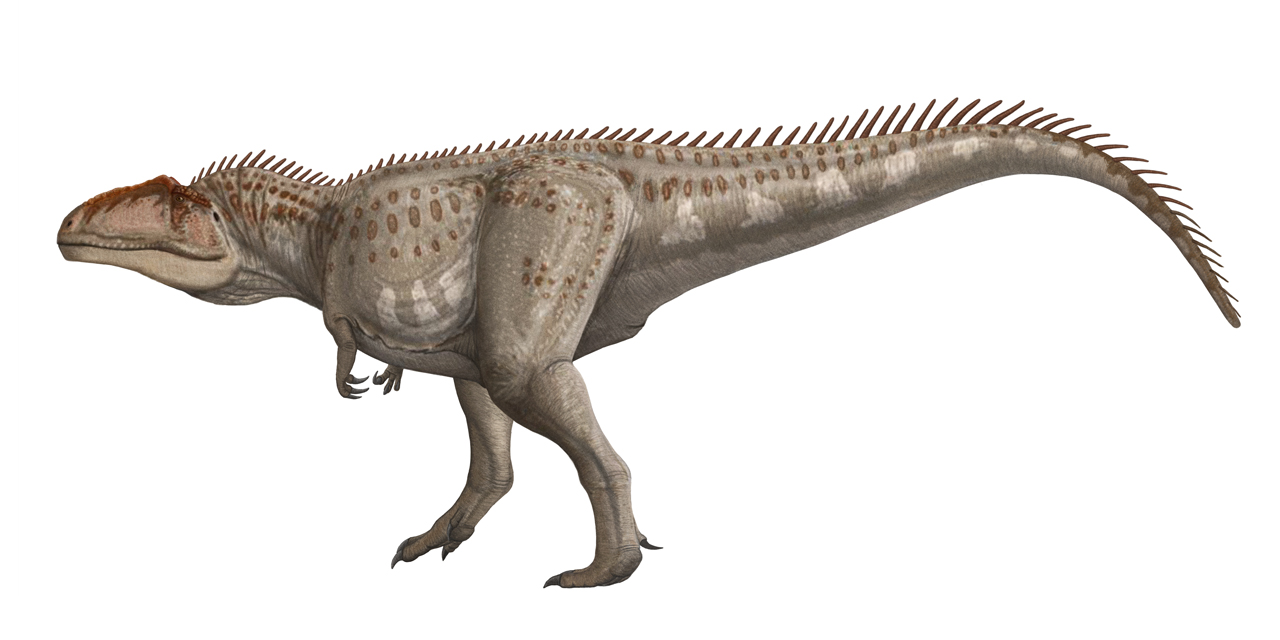
The climate of the Jurassic was generally warmer than that of present, by around 5–10 °C (9–18 °F), with atmospheric carbon dioxide likely about four times higher. This greenhouse world created something like a prehistoric paradise. There is no evidence of glaciation or polar ice caps in the Jurassic. Imagine a planet where even the poles enjoyed temperate conditions!
The heyday of dinosaurs, the Jurassic era saw Earth’s climate change from hot and dry to humid and subtropical. The Jurassic period was characterized by a warm, wet climate that gave rise to lush vegetation and abundant life. This wasn’t just slightly warmer weather – it was a fundamental transformation that turned Earth into a hothouse where plants could thrive year-round across vast regions that would be frozen wastelands today.
Continental Breakup Unleashed New Environments
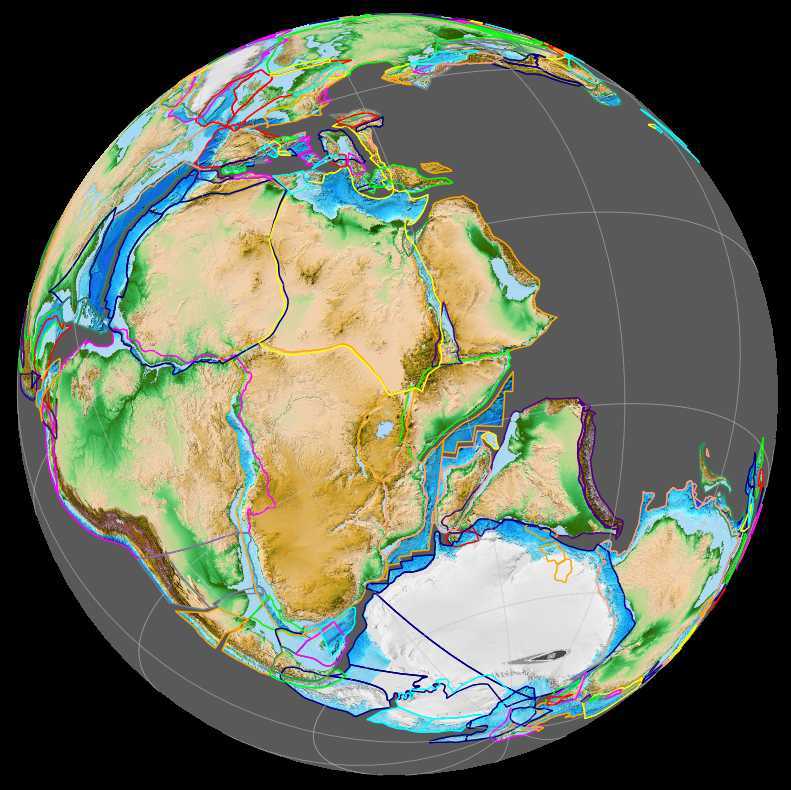
The Jurassic witnessed one of Earth’s most dramatic geographical transformations. At the start of the Jurassic era, the breakup of the supercontinent Pangaea continued and accelerated. Laurasia, the northern hemisphere, broke up into North America and Eurasia. Gondwana, the southern half, began to break up by the middle Jurassic. This continental shuffle wasn’t just moving land around – it was creating entirely new ecological opportunities.
New oceans flooded the spaces in between. Mountains rose on the seafloor, pushing sea levels higher and onto the continents. All this water gave the previously hot and dry climate a humid and drippy subtropical feel. The flooding of continental interiors created shallow seas that acted like massive humidifiers, pumping moisture into the atmosphere and supporting lush plant growth across previously arid regions.
Plant Life Exploded Into Unprecedented Abundance
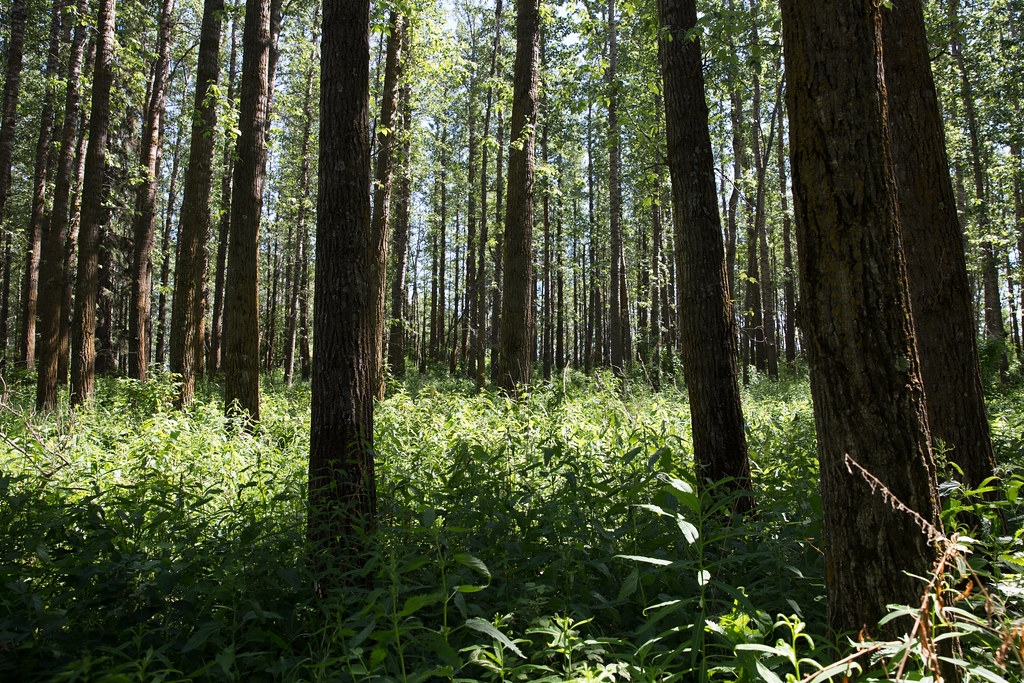
Thanks to this rich record, we know that the Jurassic was the age of dinosaurs roaming a tropical Earth filled with ferns, flowering plants, and conifers. The Jurassic period was characterized by a warm, wet climate that gave rise to lush vegetation and abundant life. The plant kingdom essentially hit the jackpot during this period. Gymnosperms dominated the landscape, creating forests that would make today’s rainforests look sparse.
As today, gymnosperms were an important group of land plants in the Mesozoic. In fact, they were even more common then! Ginkgoes, dawn redwoods, cycads, and bennettitaleans (all rare or extinct today) were major parts of the flora, and major sorts of dinosaur food. It was like nature had set up the ultimate buffet for herbivorous dinosaurs, with variety and abundance that supported massive consumption needs.
Quadrupedal Innovation Opened the Size Gates
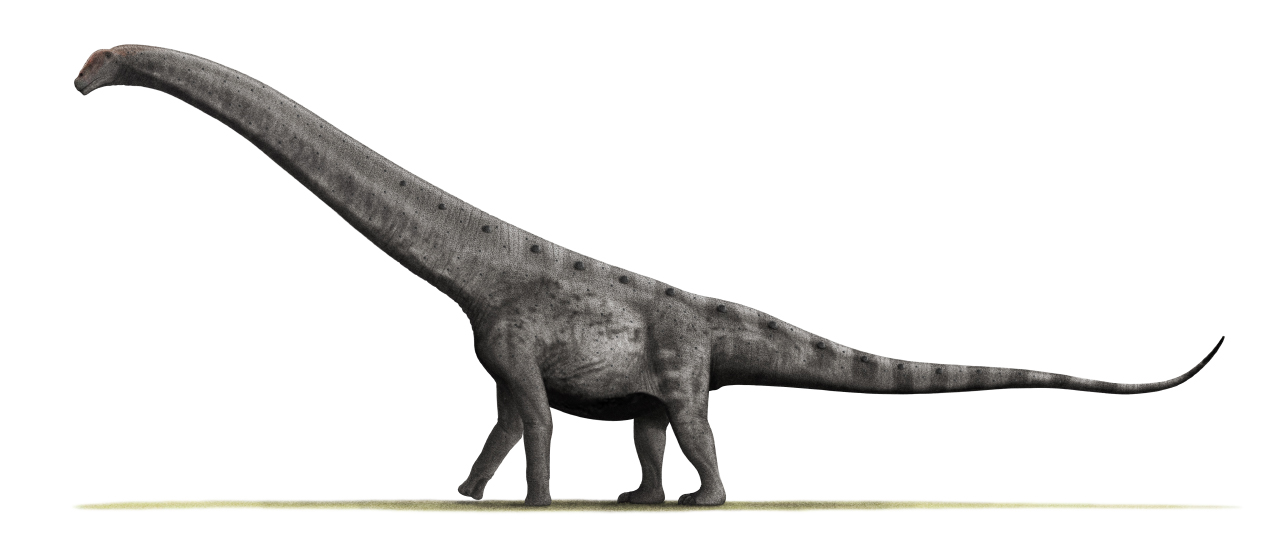
Here’s where the story gets really interesting. So, sometime in the early Jurassic around 195 million years ago, what we can now call true sauropods threw their hands up (or down) and committed to a locomotory mode they’d maintain through to their extinction some 130 million years later – quadrupedality. This shift wasn’t just about changing how they walked – it fundamentally changed the rules of how big they could become.
The first true – what we might call obligate – quadrupeds weighed around 6-8 tons, comparable to a modern elephant in size. However, the largest sauropods – animals like Argentinosaurus – weighed upwards of 80 tons. This suggests that once the forelimbs had been coopted specifically for walking-upon, the floodgates holding back true gigantism were thrown well and truly open. Think of it like removing the weight limit from nature’s elevator system.
Revolutionary Body Plans Supported Massive Frames
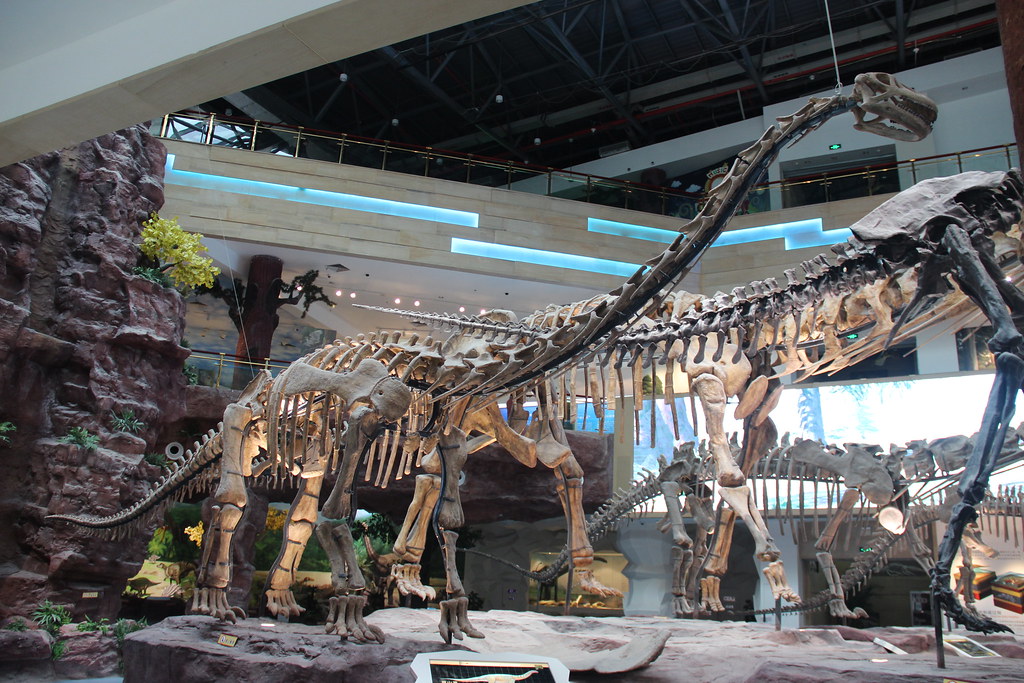
One of the great dinosaurian innovations was the evolution of hindlimbs held directly underneath the body. This allows for a much safer, more stable distribution of weight, and is pretty much a prerequisite for any terrestrial animal that wants to attain some modicum of “bigness”. But sauropods took this engineering marvel even further. Their body plan was essentially a living suspension bridge, perfectly designed to support enormous weight.
Along with other saurischian dinosaurs (such as theropods, including birds), sauropods had a system of air sacs, evidenced by indentations and hollow cavities in most of their vertebrae that had been invaded by them. Pneumatic, hollow bones are a characteristic feature of all sauropods. These air spaces reduced the overall weight of the massive necks that the sauropods had. It was like nature invented its own version of lightweight construction materials millions of years before humans figured out hollow steel beams.
Feeding Strategies Revolutionized Energy Efficiency
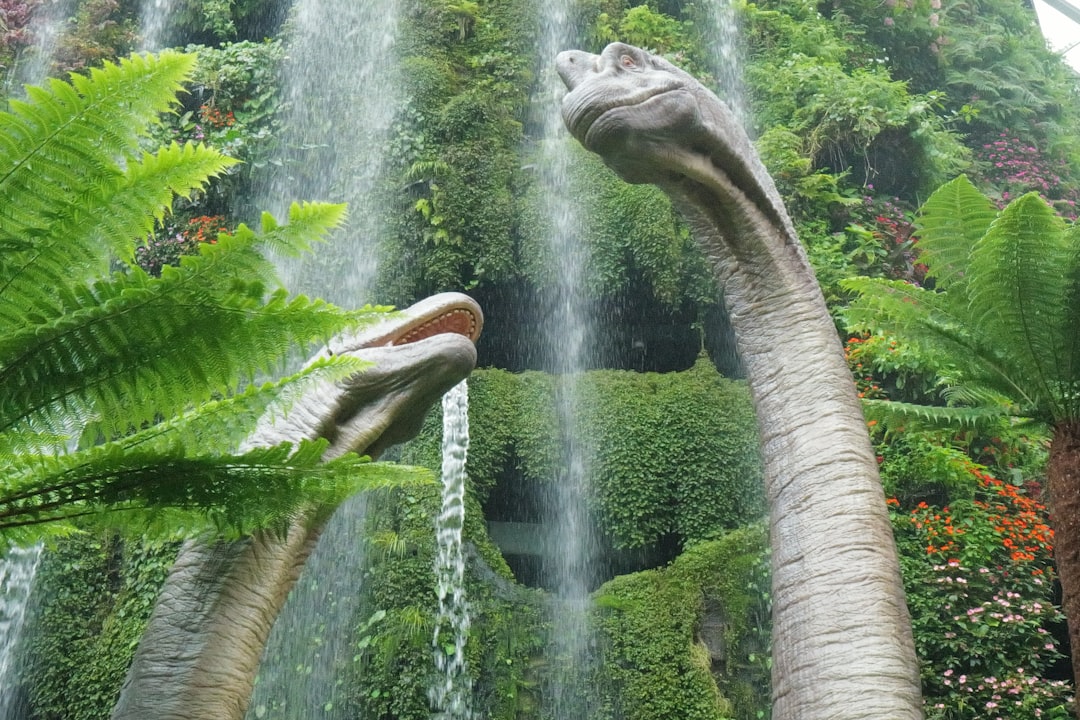
The Jurassic sauropods developed feeding strategies that were nothing short of genius. Most palaeontologists now reconstruct the average sauropod neck as held roughly horizontal with the ground. Although some degree of upward mobility was likely possible, it was probably rather energetically demanding to hold that posture for extended periods. Instead we can picture the neck as a kind of low-angled crane – a sweeping feeding vacuum that allowed sauropods to access as much forage as possible while standing on the spot. This meant they could browse without having to move their great baulk around more than was absolutely necessary.
Imagine being able to mow your entire lawn without moving your feet – that’s essentially what these giants accomplished with their feeding strategy. There are several proposed advantages for the large size of sauropods, including protection from predation, reduction of energy use, and longevity, but it may be that the most important advantage was dietary. Large animals are more efficient at digestion than small animals, because food spends more time in their digestive systems. This also permits them to subsist on food with lower nutritive value than smaller animals.
Early Gigantism Trends Started Before True Sauropods
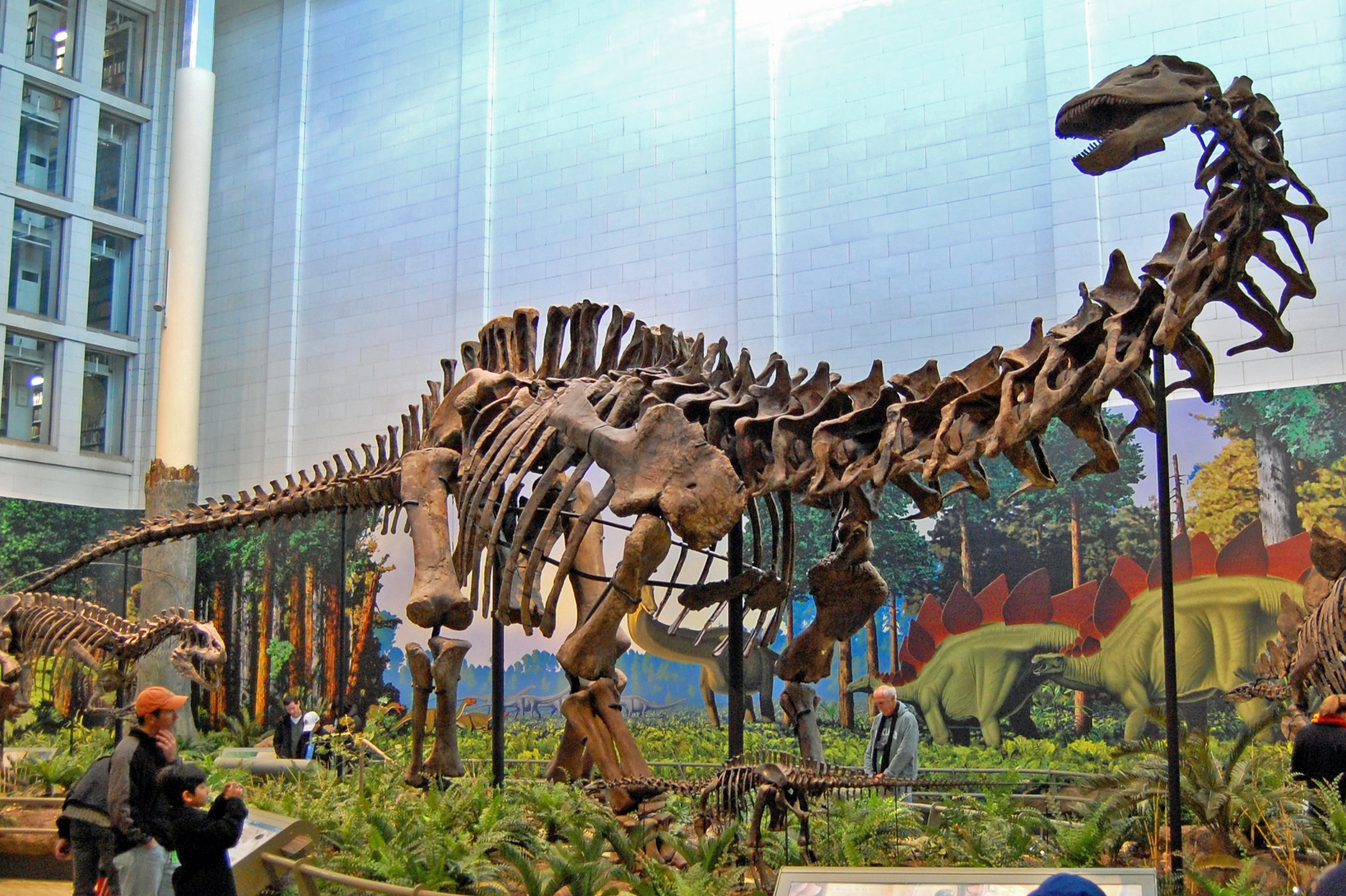
Uploaded by FunkMonk, CC BY 2.0, https://commons.wikimedia.org/w/index.php?curid=8698637)
Surprisingly, the trend toward gigantism didn’t wait for the classic sauropods to appear. A new sauropodomorph dinosaur taxon, Ingentia prima, and new lessemsaurid fossils from the Late Triassic of Argentina, reveal a distinctive and early pathway towards gigantism, 30 million years before the first eusauropods appeared. This suggests that the conditions for giant size were already brewing before the Jurassic even began.
Early sauropodomorphs were small bipeds, and it was long believed that acquisition of giant body size in this clade (over 10 tonnes) occurred during the Jurassic and was linked to numerous skeletal modifications present in Eusauropoda. Although the origin of gigantism in sauropodomorphs was a pivotal stage in the history of dinosaurs, an incomplete fossil record obscures details of this crucial evolutionary change. The fossil evidence reveals that nature was already experimenting with different pathways to achieving massive size, setting the stage for the Jurassic explosion of giants.
Soft Tissue Adaptations Made Gigantism Possible
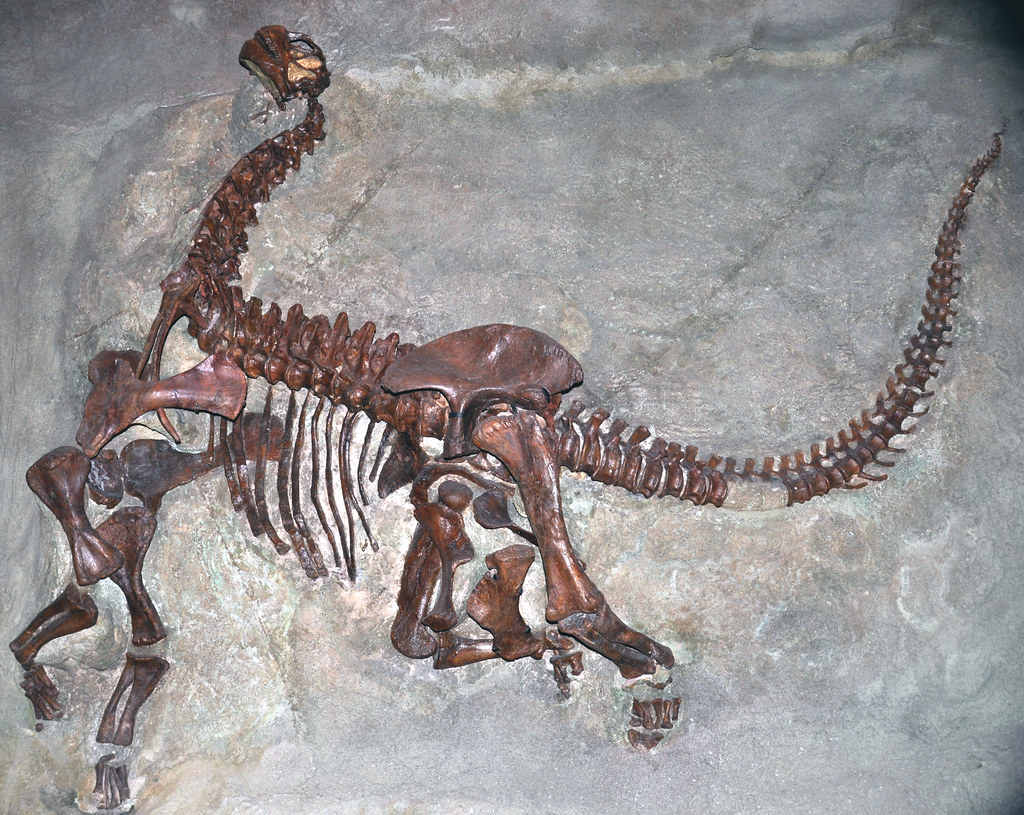
One of the most recent discoveries shows just how cleverly these giants solved the mechanical challenges of their size. How sauropod dinosaurs were able to withstand the forces associated with their immense size represents one of the most challenging biomechanical scenarios in the evolution of terrestrial tetrapods. Here, we use finite element analyses to quantify the biomechanical effects of foot skeletal postures with and without the presence of a soft tissue pad in sauropodomorphs. We find that none of the models can maintain bone stresses that fall within optimal bone safety factors in the absence of a soft tissue pad.
Our findings suggest that a soft tissue pad in sauropods would have reduced bone stresses by combining the mechanical advantages of a functionally plantigrade foot with the plesiomorphic skeletally digitigrade saurischian condition. The acquisition of a developed soft tissue pad by the Late Triassic–Early Jurassic may represent one of the key adaptations for the evolution of gigantism that has become emblematic of these dinosaurs. Essentially, these dinosaurs evolved their own version of shock absorbers – cushioned feet that allowed them to carry weights that would otherwise shatter their bones.
Multiple Lineages Independently Achieved Giant Status
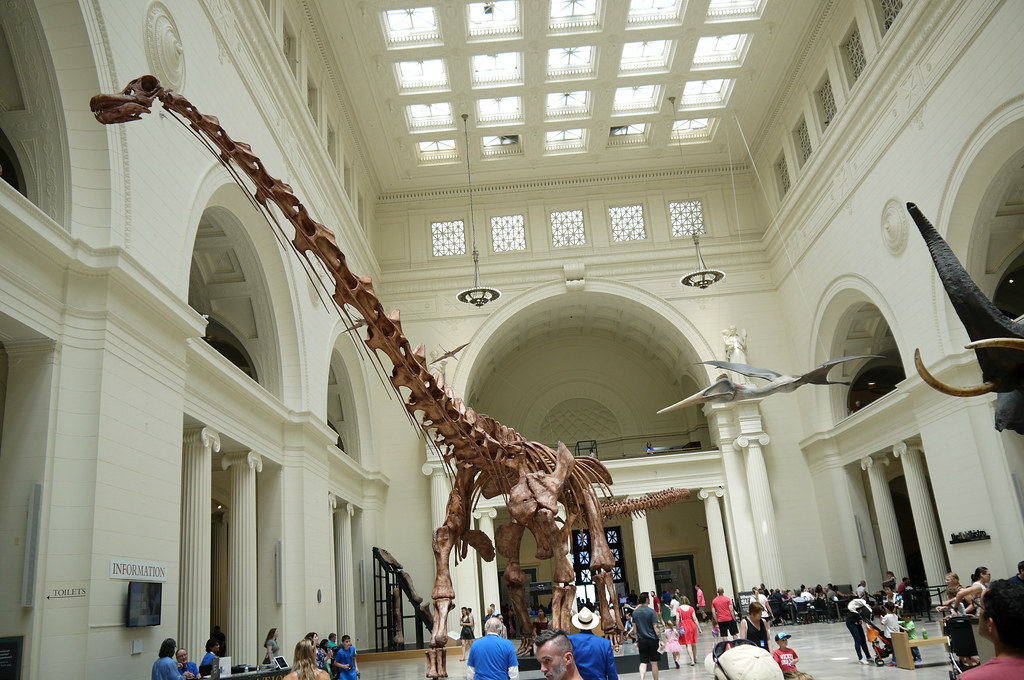
Independent evolution of gigantic species (>40 t body mass) in several lineages of Sauropoda. Giant sauropods thus occurred from the Late Jurassic to the Late Cretaceous, over a time span of at least 85 million years, and this extreme gigantism developed independently in most major groups of neosauropods. The large number of very recently described giant forms suggests that truly giant forms may have been even more common than suggested by the current fossil record.
This wasn’t a one-time evolutionary accident – it was a widespread phenomenon. Although in general, sauropods were large, a gigantic size (40 t or more) was reached independently at multiple times in their evolution. These giant species lived in the Late Jurassic to the Late Cretaceous, appearing independently over a time span of 85 million years. The fact that different dinosaur lineages repeatedly evolved to giant sizes suggests that the Jurassic and subsequent periods provided consistently favorable conditions for gigantism across millions of years.
Food Webs Supported Unprecedented Primary Productivity
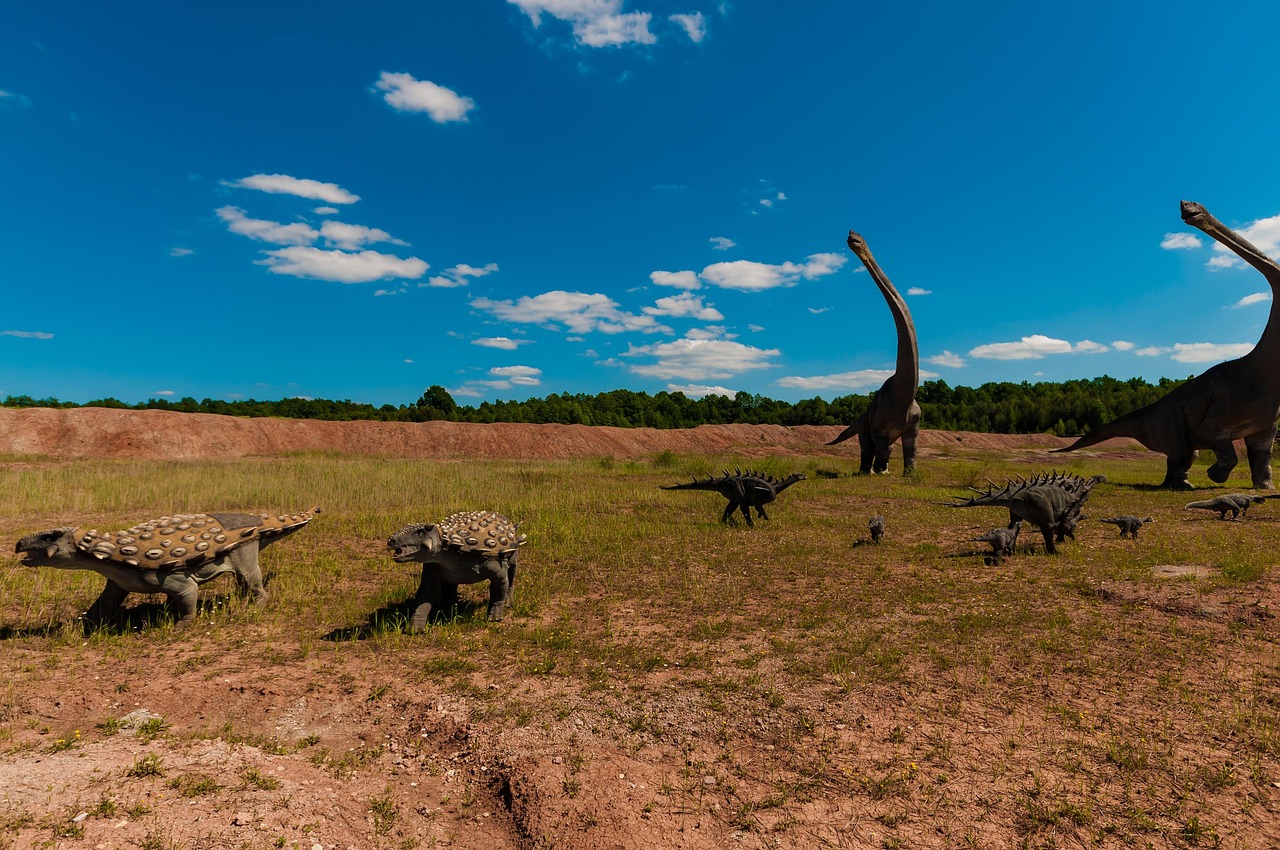
The Jurassic didn’t just produce bigger plants – it produced more complex and productive ecosystems. Herbivorous dinosaurs functioned as primary consumers transferring energy from plants to higher trophic levels. Their feeding habits influenced plant distribution affecting vegetation structure. Large herbivores created open habitats through grazing and browsing. These giant herbivores became ecosystem engineers, shaping their environments in ways that created even more opportunities for plant growth.
Throughout the dinosaur era, communities of dinosaurs were made up of plant-eaters (herbivores) and meat-eaters (carnivores). Giant herbivorous dinosaurs, such as the sauropods, munched high in the treetops. Smaller plant-eaters were well adapted for chomping on lower-level plants, or grazing on ground cover. The top predators were the tyrannosaurs, but all dinosaurs ultimately depended on plants. This created a multi-layered feeding system that could support massive biomass at every level of the food chain.
Conclusion: A Perfect Storm of Evolutionary Innovation
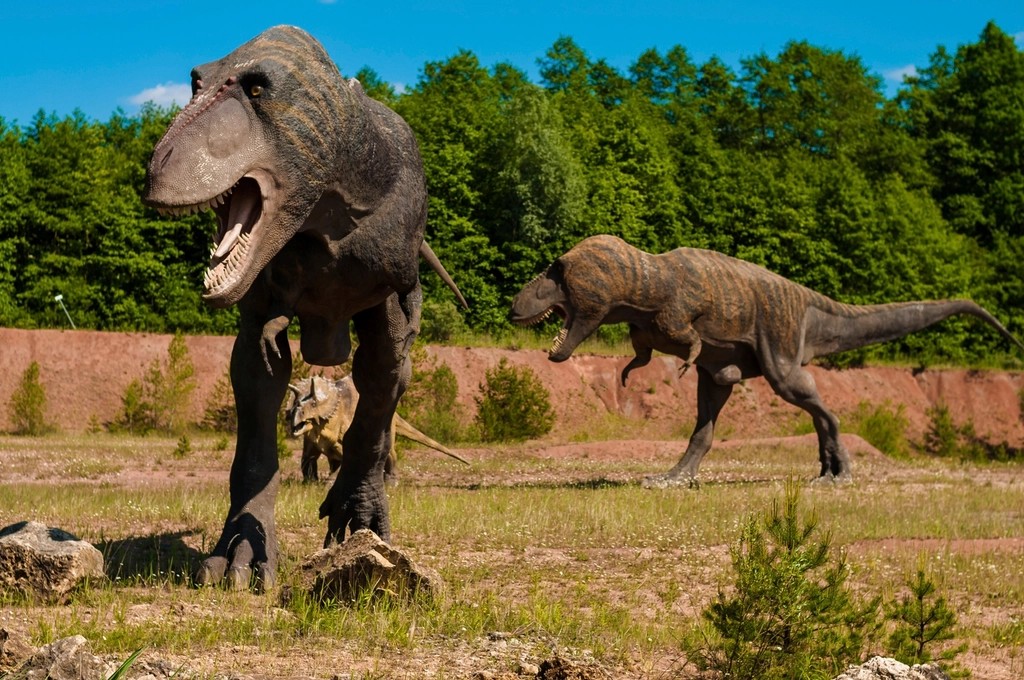
The Jurassic period created what can only be described as a perfect storm for dinosaur gigantism. The combination of warm, humid climates, abundant plant life, continental configurations that created new habitats, and crucial evolutionary innovations like quadrupedalism and pneumatic bones all came together during this remarkable window in Earth’s history. These weren’t just bigger versions of earlier dinosaurs – they were fundamentally redesigned organisms that could take advantage of environmental conditions that may never have existed before or since.
The legacy of Jurassic gigantism extends far beyond the impressive museum displays we see today. These giants represent one of evolution’s most successful experiments in scaling up body size, proving that under the right conditions, life can achieve sizes that seem to defy the laws of physics. Their success story reminds us that evolutionary innovation often happens not in isolation, but when multiple favorable factors align in just the right way.
What would you have guessed was the secret ingredient that allowed these prehistoric titans to grow so impossibly large?

